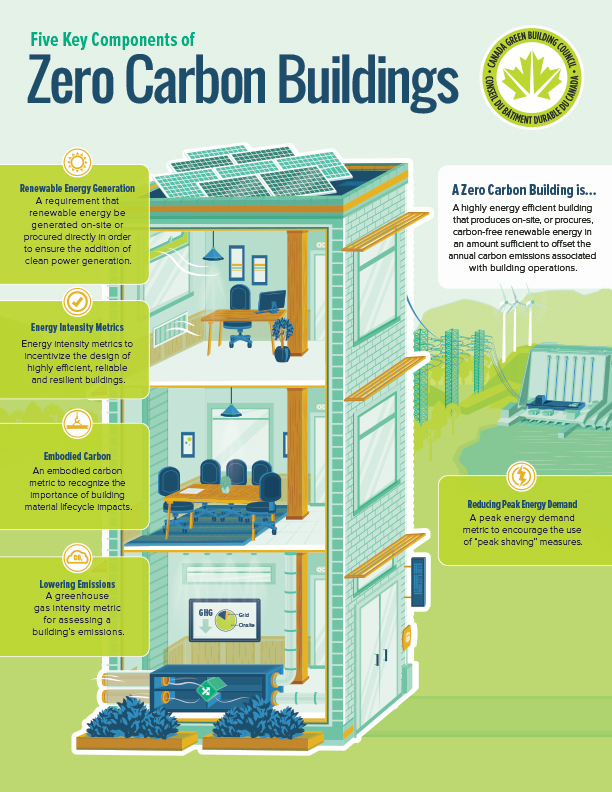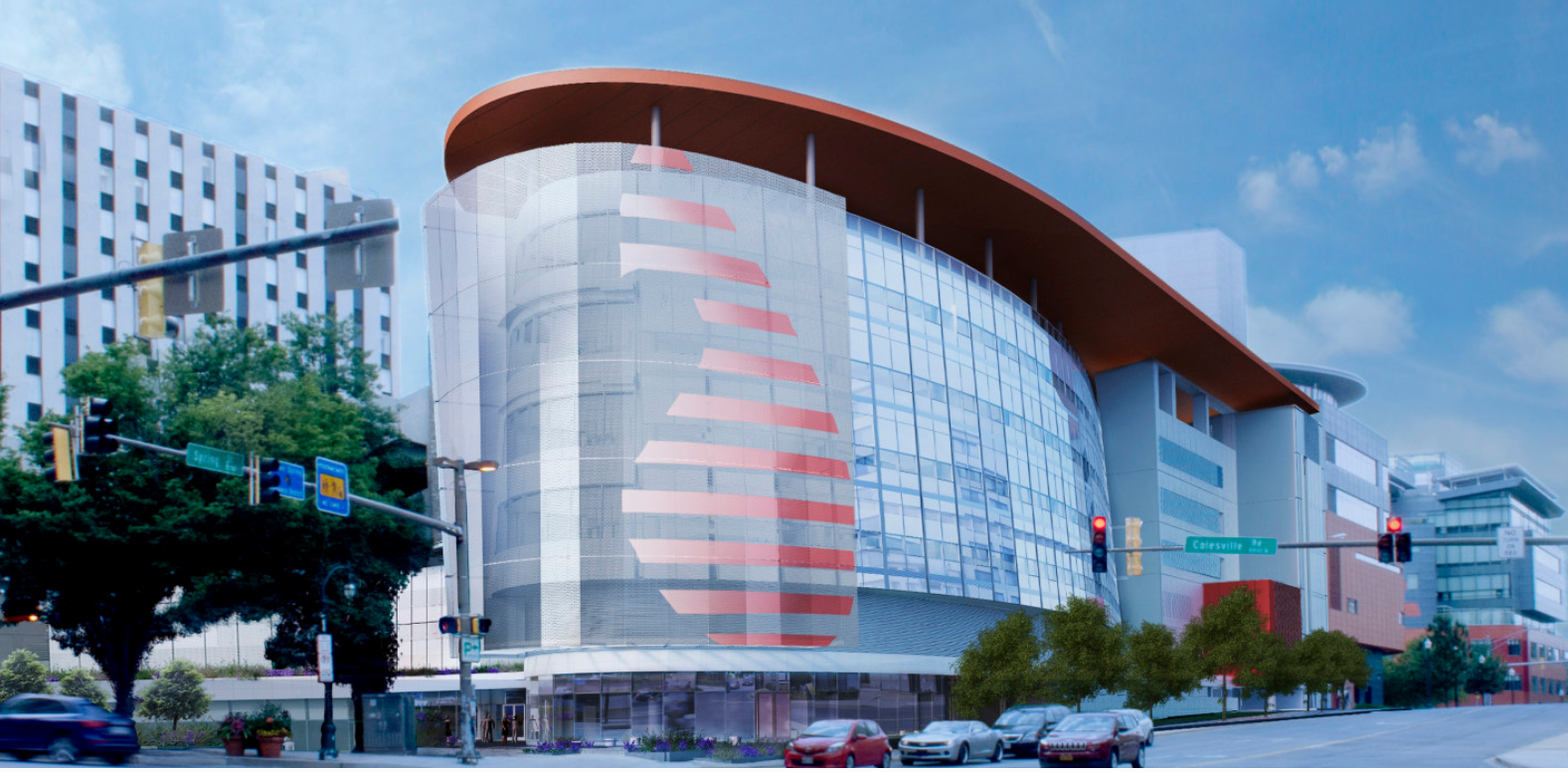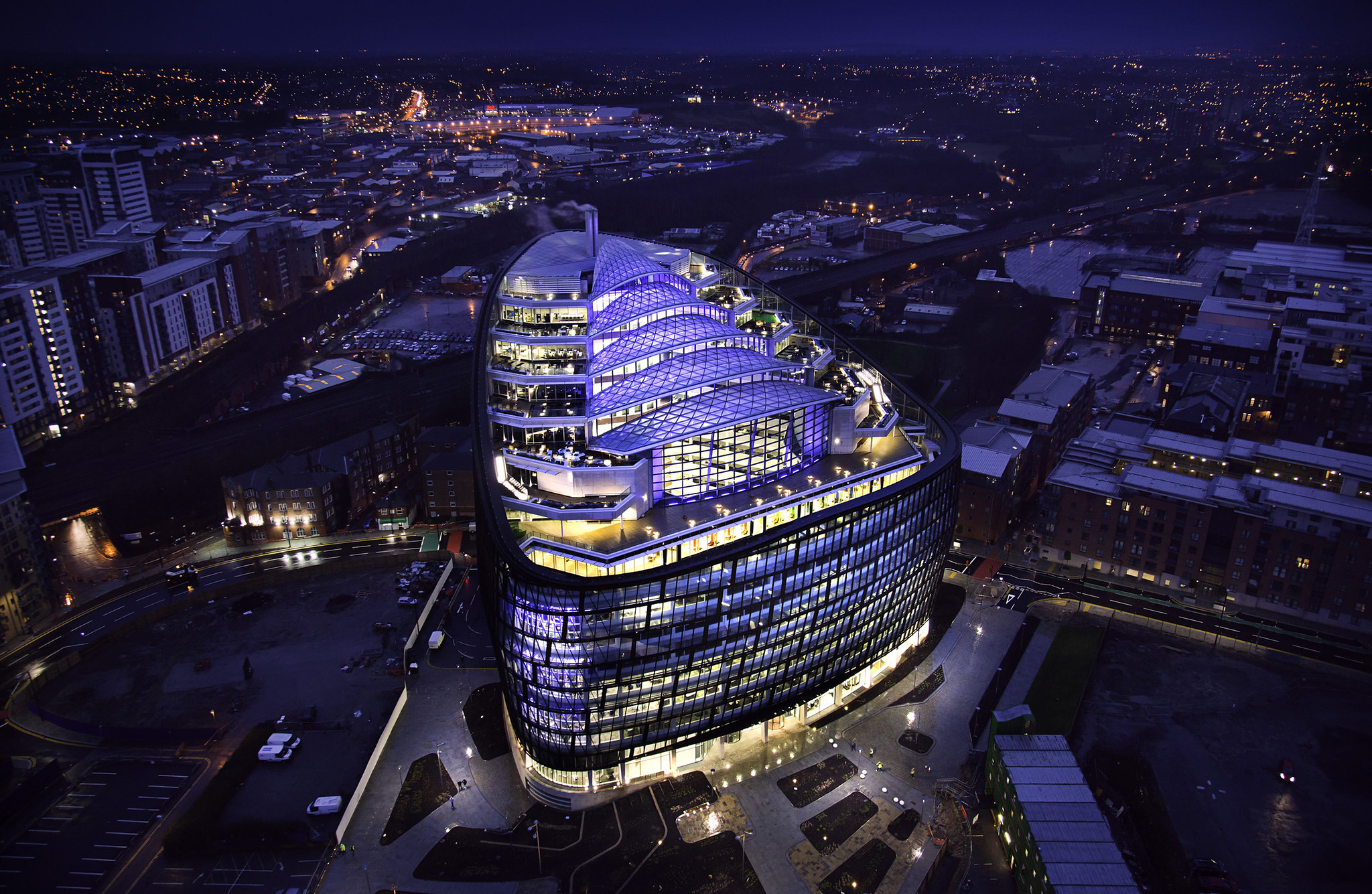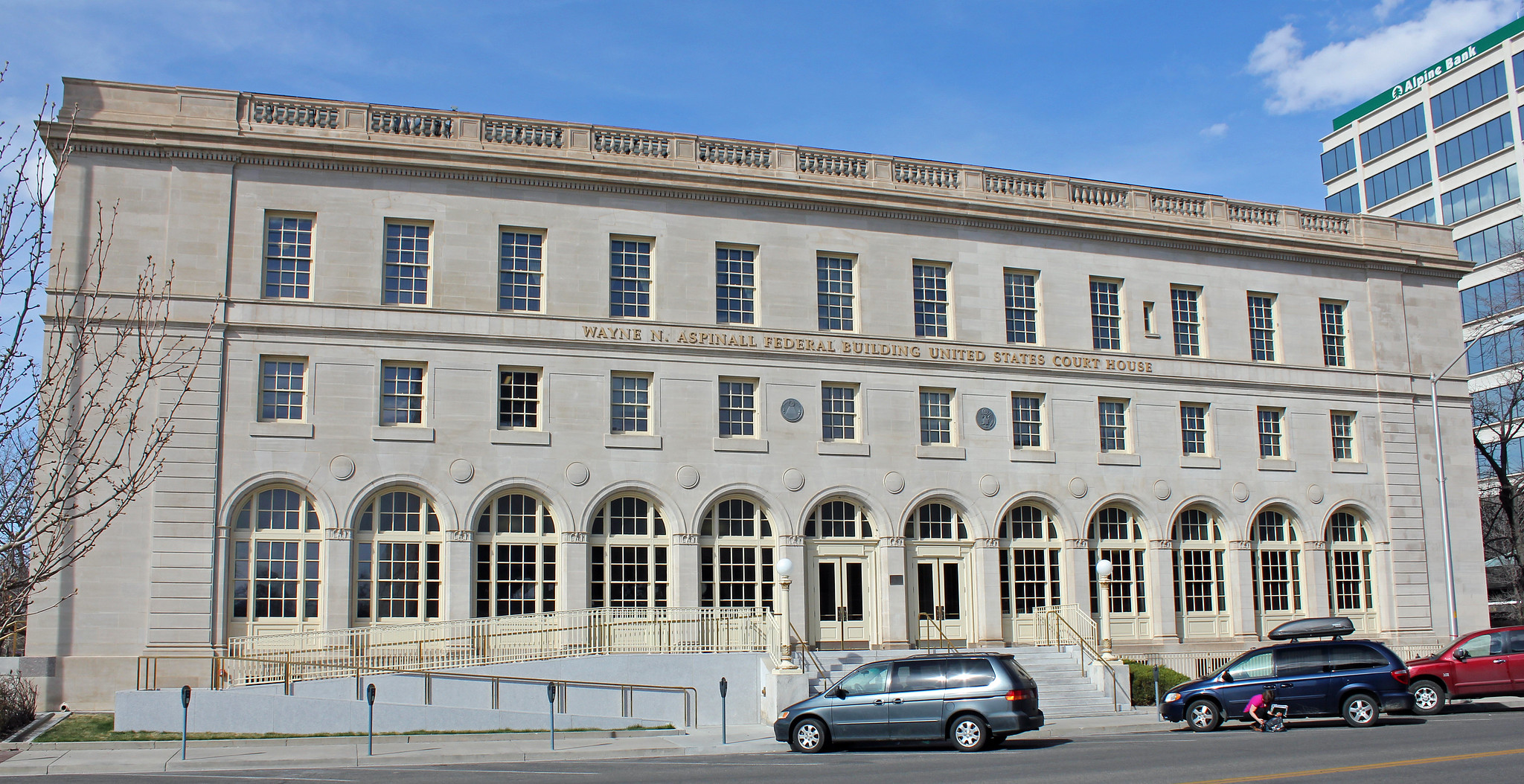Construction’s Role in Building a More Carbon-Neutral Future
Global temperatures aren’t the only thing heating up around the world; so are climate discussions, and for good reason. Even if we completely halted emission today, according to scientists, climate change wouldn’t still halt for decades or centuries.
“That’s because it takes a while for the planet (for example, the oceans) to respond, and because carbon dioxide – the predominant heat-trapping gas – lingers in the atmosphere for hundreds of years,” NASA explains. “There is a time lag between what we do and when we feel it.”
As such, the building industry needs to implement rapid improvements to make meaningful change and reduce environmental impact, in addition to building resilient and adaptable structures. Building and construction represent about 30% of all global energy consumption. This percentage represents not only a considerable slice of the emissions pie but also a massive opportunity to cut energy expenditures and make a real difference to the environment.
For many organizations, this is more than just an optimistic goal; it’s a mandate.
“The buildings sector must decarbonize by decreasing energy intensity by at least 80% by 2030 and be climate neutral by 2050 if we are to meet the Paris Agreement Goal of keeping global warming to 1.5oC above pre-industrial levels,” T&D World says. “This will require a doubling of the rate of energy efficiency improvement in the sector to 2% per year, and a six-fold increase from the current rate of construction of net zero energy buildings and renovations by 2030.”
That’s a big responsibility, and a significant change to make. But most importantly, how do we get there? While this is a loaded question, starting to build the ideal structures of tomorrow’s world is an important place to start. In this blog, we’ll dive into ideal models of a sustainable construction facility: zero energy buildings.
What Exactly Are Net Zero Buildings?
First, you may be wondering, what’s the deal with net zero buildings? According to the World Green Building Council, the definition is “A highly energy-efficient building with all remaining operational energy use from renewable energy, preferably on-site but also off-site production, to achieve net zero carbon emissions annually in operation.”
The organization recently proposed a bold plan with two main goals everyone in the sector should work towards:
- All new buildings must operate at net zero carbon from 2030
- 100% of existing buildings must operate at net zero carbon by 2050
While these goals are insanely ambitious, it’s critical to building a more sustainable and carbon-neutral world. With only several hundred net zero buildings extant around the world, and with many buildings needing to follow suit, builders clearly have their work cut out for them over the next few decades.
Now, let’s look at exactly what is required to achieve net zero.
Attributes of Net Zero Buildings

Net zero buildings share several key attributes. According to the Canada Green Building Council, these include:
- Renewable Energy Generation: Buildings must create at least some, and ideally all, of their energy on-site.
- Energy Intensity Metrics: Using metrics will encourage builders and building operators to create and maintain high efficiency, reliability and resiliency (the ability to bounce back from environmental challenges).
- Embodied Carbon: This is the concept of how much carbon was generated in the creation and transport of the materials needed to build (or renovate). By measuring this, we can incentivize builders to reduce it.
- Lowering Emissions: Even once it’s in operation, a building can still contribute measurably to environmental degradation. Metrics to assess emissions will help operators keep them as low as possible.
- Reducing Peak Energy Demand: Buildings should seek to minimize power demands during peak demand, which places a huge burden on the grid.
In order to achieve these goals, building companies will need to invest in several sectors:
- Insulation and sealing that maintain indoor temperatures and HVAC
- Cutting-edge windows and doors that preserve energy
- Lighting, electronics and equipment that minimize energy use
- Intelligent design that both maximizes the human experience and reduces energy demand
- Renewable energies (wind, hydro, solar)
How to Create a Successful Environment for the Future of Net Zero
To successfully implement net zero buildings, construction companies will need to cultivate several elements:
Commitment from Forward-Thinking Companies, Designers and Builders
Without a commitment from industry leaders, we can’t hope to succeed. We need the participation of large and established companies as well as disruptive startups. This includes bringing more transparency to the construction process overall, particularly on carbon emissions of all assets. (Initiatives like EC3 for Autodesk and Skanska’s Embodied Carbon in Construction Calculator (EC3) are a great place to start.)
Watch more:
Government Buy-In
Net zero buildings won’t get anywhere without government help. That means a commitment to making a full change, with building energy codes at the foundation of this change. Governments across the world must both nurture and enforce change for builders and offer incentives to early adopters.
This doesn’t just mean the national level. Local traction can be incredibly powerful and bring a sense of hometown pride for the cities and communities on the front of change. For example, “Pittsburgh Mayor Bill Peduto introduced legislation earlier requiring that government buildings are net-zero energy efficient. That occurred just weeks after the city released its first energy benchmarking report for city owned and operated buildings.”
NGO Participation
Non-government organizations have the responsibility to develop certification programs for forward-thinking businesses to adopt. They must support government initiatives and help train businesses on the skills needed to build net zero buildings.
Use of Innovative Materials
Getting to net zero involves widespread usage of innovative building materials. That means:
- Adapting and reusing existing structures
- Employing materials that effectively “bank carbon” by minimizing its output in processing
- Using innovative window materials that transmit natural light without losing efficiency
- Design with a building’s future in mind, including future renovations and demolition
Examples of Net Zero Buildings in Action
Believe it or not, a lot of these strategies are already in action around the world. Here are a few of our favorite net zero buildings from around the world.
Unisphere, Silver Spring, MD

Currently ranking as the largest net zero commercial building in the United States, Unisphere is 135,000 square feet of pure, green efficiency. It has more than 3,000 solar panels, geo-exchange wells, a heating/cooling system coupled to earth energies, a natural automatic ventilation system, thermal pool and green roof terraces that manage stormwater.
As if that’s not enough, it also boasts electric charging stations and “daylight harvesting,” which means offsetting energy use in a space by putting natural light to use instead wherever possible.
One Angel Square, Manchester, U.K.

Some buildings actually generate more energy than they can use. This is the case with the headquarters of The Co-operative Group, designated a BREEAM Outstanding building. The facility can accommodate 4,000 employees, uses energy-efficient LED lighting and employs natural daylight to illuminate the interior whenever possible. It even owns farmland, where it produces rapeseed to power its heating needs.
Wayne Aspinall Federal Building & U.S. Courthouse, Grand Junction, CO

Also top of our list of net zero buildings is the Wayne Aspinall Federal Building. Its renovation had at heart a simple goal: not only to modernize but to become the National Register of Historic Places’ first net zero building.
Today, it is a poster child of sustainability as well as adaptation, preserving the building’s original period-appropriate appearance. Soon the building plans to produce 100% of its energy needs on site.
The Joyce Centre for Partnership and Innovation, Mohawk College’s Fennel Campus in Hamilton, Ontario, Canada
Canada’s largest net-zero building is a model for the nation’s green building programs, which is probably why it’s been chosen as the future home to the Centre for Climate Change Management. Its goal is not only energy efficiency on site but also a string of programs that make it a paragon of sustainability and energy management. In the future, we can expect a number of countries and organizations to look to this building for guidance in creating their own.
Among its accolades are 2,000 solar panels, maximization of natural light, an energy-efficient building envelope, stormwater harvesting capacity of up to 342,000 liters, and a variety of HVAC and lighting systems that minimize energy use. It was the first building in the country completed under the Canada Green Building Council’s net zero carbon pilot program.
Let’s just say we’re watching these buildings to see where they go next! If you're interested in learning about the next evolution in sustainability, learn about how construction teams are achieving even net-positive buildings like the Kendeda Building of Innovative Design:
The Future of Net Zero Is About Our Future
Too often, we view innovative solutions to big problems as a “would be nice.” We have to keep in mind, though, that our ability to execute these solutions reflects directly on our ability to halt (and ideally reverse) climate trends, feed our populations, save our coasts and oceans and generally succeed as a species in the 21st century and beyond. Net zero is not a “later when we have time” or a “we’ll think about it.”



